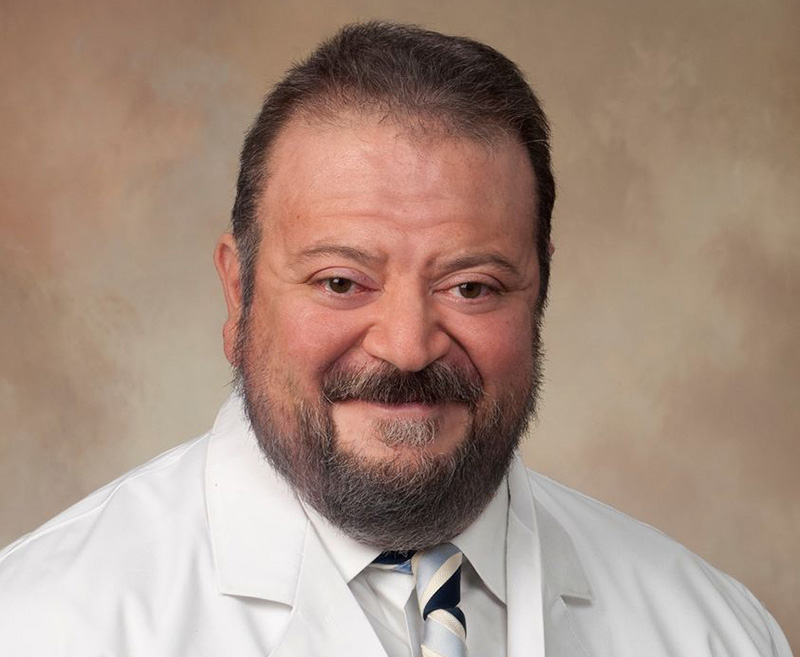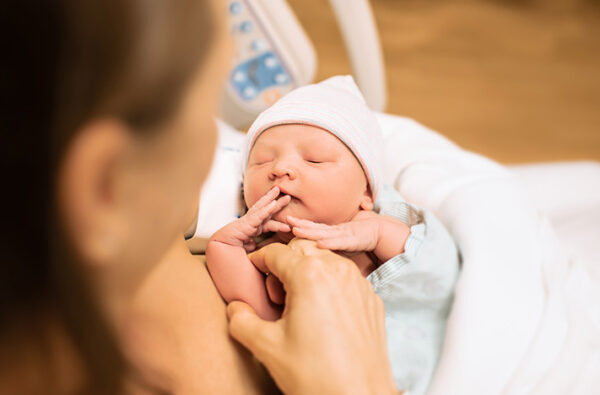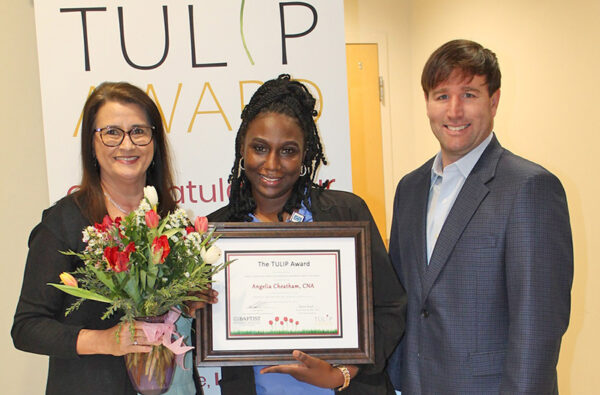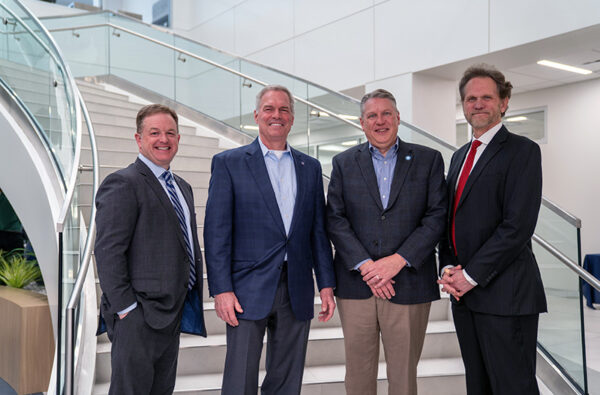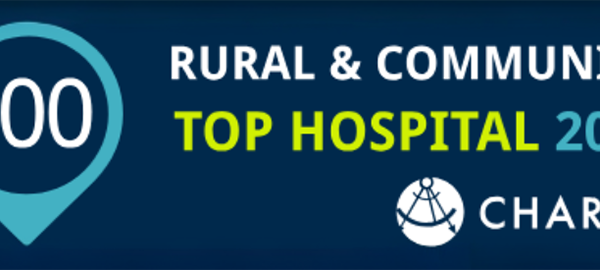A teenager from Alabama survived life-threatening injuries from a shark attack, thanks to the quick actions of medical professionals who were at Seacrest Beach in Walton County, Florida, on Friday, June 7. Dr. Mohammad Ali, an interventional radiologist with Baptist Medical Group-Interventional Radiology (IR) in Jackson, Mississippi, was part of the team that helped.
Dr. Ali was joined by his longtime friend and family medicine physician Dr. Ryan Forbess, as well as an emergency medical technician, an emergency room nurse and an anesthesiologist. Several beachgoers who were not medical professionals also offered any help they could provide.
Both Dr. Ali and Dr. Forbess were in the water with their kids on boogie boards when the attack occurred. They made it to safety, and beachgoers pulled the young girl to shore. Dr. Ali, Dr. Forbess and the other medical professionals worked together to administer aid before first responders arrived to airlift her to Pensacola, Florida, where she had surgery.
Subsequent reports show the victim lost her left hand and most of her right leg, as well as two-thirds of the blood in her body.
“Several gentlemen took great risk going in the water to retrieve the victim during the chaos before a lot of people, including myself, even realized there was a severe injury. Once we saw the young victim on the beach, the immediate willingness of so many medical professionals on vacation to offer any skill they were capable of to help save a life really made me proud of the health care community,” said Dr. Ali.
While working with a shark attack victim was different from Dr. Ali’s usual job, one of the most important procedures interventional radiologists perform involves stopping bleeding from multiple causes, such as trauma, postpartum hemorrhages, gastrointestinal bleeds and bleeds that occur as a result of other procedures. The big difference in this case was that helping this person survive her injuries occurred on a beach, not an interventional radiology suite with leading-edge equipment and infrastructure.
“The impromptu medical team at the beach had to use anything at our disposal to control catastrophic bleeding. Multiple tourniquets were created using a belt and a boogie board strap before formal tourniquets were available from responding emergency staff,” said Dr. Ali. “Firm femoral arterial compression, a skill everyone in an IR lab is familiar with, proved to be effective when informal tourniquets failed to stop bleeding completely on their own.”
Dr. Ali described the scene on the beach that day as “dramatic and horrific.”
“It was something you see in movies but never believe you would experience yourself. The amazing thing was that so many people pushed the raw emotion and surreal nature of the experience completely to the back of their minds and worked together to help the young victim,” noted Dr. Ali.

